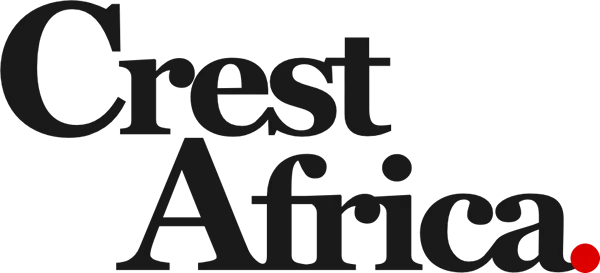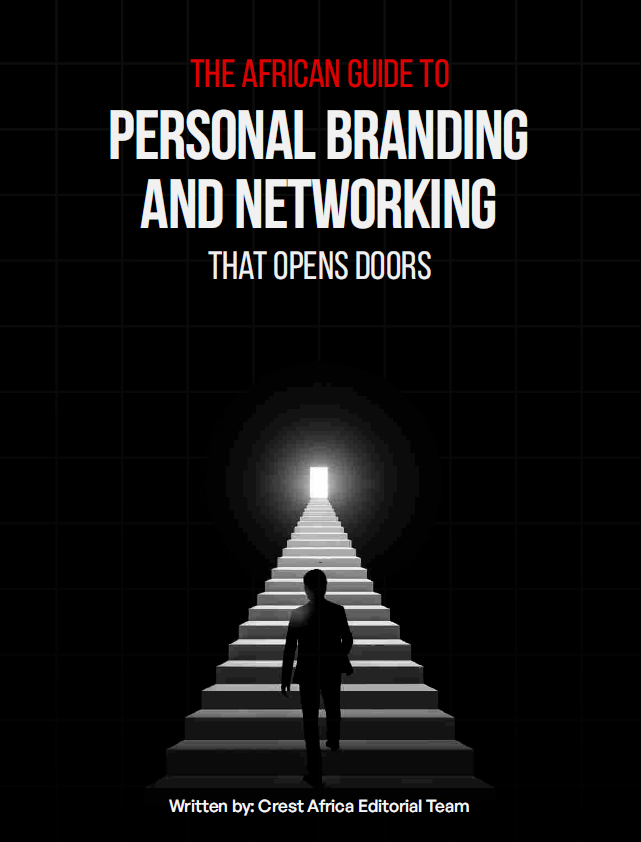U.S. President Donald Trump has announced a fresh wave of import tariffs, ranging from 10% to as high as 41%, on dozens of countries, including more than 20 across Africa.
The move, which took effect after a 90-day negotiation window expired on August 1, is part of Trump’s ongoing effort to reduce the U.S. trade deficit by enforcing what he called “reciprocal” trade terms.
Back in April, the administration gave countries time to renegotiate deals, warning that steep tariffs were on the table.
But with many talks either stalling or breaking down, the White House followed through with a revised trade policy that now affects nations across several continents. In Africa, the fallout is already being felt.
Lesotho, a small Southern African country that relies heavily on U.S. textile exports, had initially been hit with a proposed 50% tariff, the steepest among African nations.
In the final list, that figure was reduced to 15%, offering some breathing room, but the damage had already begun.
In July, Lesotho declared a national state of disaster, pointing to widespread factory shutdowns and job losses as companies anticipated the tariffs.
South Africa wasn’t as lucky. The 30% tariff it was hit with in the original draft remained unchanged.
South African Trade Minister Parks Tau described it as a major hit to the country’s export-reliant economy.
The U.S. is South Africa’s second-biggest trade partner after China, importing products like cars, iron, steel, and citrus fruits.
Don’t Miss This:
U.S. Misses South Africa’s G20 Finance Meeting Again As Trade Tensions Deepen
Nigeria also found itself on the list. Its tariff rate increased slightly, from 14% to 15%.
While less severe than South Africa’s, the change underscores Washington’s intention to apply its trade policy consistently across the continent. In total, 22 African countries were affected.
While some saw tariff reductions compared to earlier proposals, others experienced increases.
Ghana and Uganda, for instance, both saw their rates go up to 15% from 10%, while Libya’s was trimmed slightly from 31% to 30%.
Tunisia, Angola, Botswana, and Mauritius were among those whose tariffs were scaled down, but still left with significant rates.
Here’s the final list of African nations affected by the tariff hikes:
—Algeria: 30% (unchanged)
—Libya: 30% (down from 31%)
—South Africa: 30% (unchanged)
—Tunisia: 25% (down from 28%)
—Angola: 15% (down from 32%)
—Botswana: 15% (down from 37%)
—Cameroon: 15% (up from 11%)
—Chad: 15% (up from 13%)
—Côte d’Ivoire: 15% (down from 21%)
—DR Congo: 15% (up from 11%)
—Equatorial Guinea: 15% (up from 13%)
—Ghana: 15% (up from 10%)
—Lesotho: 15% (down from 50%)
—Madagascar: 15% (down from 47%)
—Malawi: 15% (down from 17%)
—Mauritius: 15% (down from 40%)
—Mozambique: 15% (down from 16%)
—Namibia: 15% (down from 21%)
—Nigeria: 15% (up from 14%)
—Uganda: 15% (up from 10%)
Zambia: 15% (down from 17%)
Zimbabwe: 15% (down from 18%)
With the new tariffs now in force, African countries must brace for the economic ripple effects.
For many of them, especially those heavily reliant on U.S. trade, the next few months will be critical in adjusting to a less forgiving global trade environment.
Don’t Miss This:
Donald Trump’s Awkward Moments In Meeting With Five African Leaders On July 9, 2025
Image Credit: The Economist



